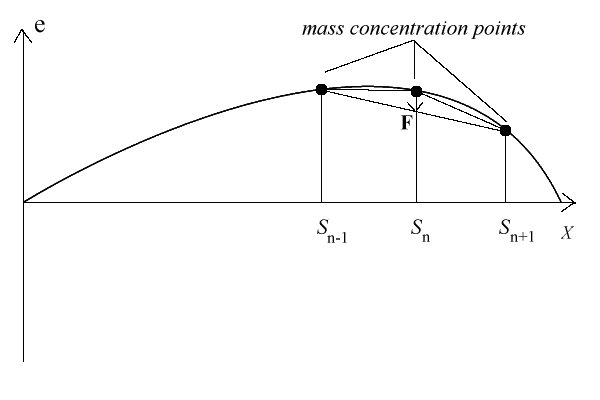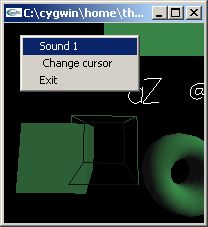nocygwin version, doesn't need cygwin1.dll
it does need glut32.dll
click on one of the graphical window items for (reactivating) a string
or push one of the numberical keys (1- #strings, 0 silences strings)
author: M.T. Verelst, theover@yahoo.com
docu: http://82.168.209.239/articles/pms.html
PMS / PortAudio Test: output simulated guitar string wave.
Midi interface callback function: device opened
Midiopen: 0, midiInStart: 0.
The meaning of the last two lines is that the midi interface has been
found and initialized correctly. When there is a problem opening the
sound device, a message is generated. See below for command line
invocation.

